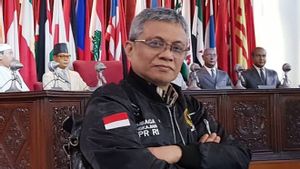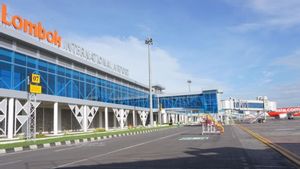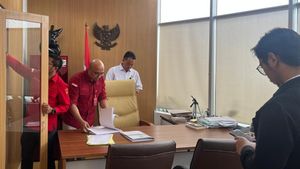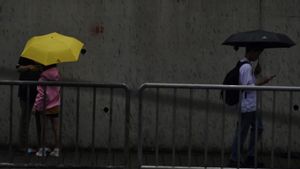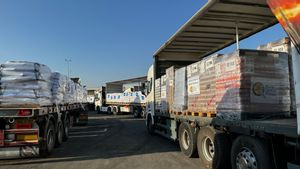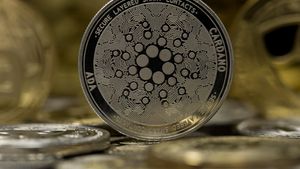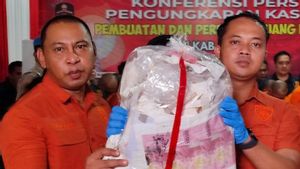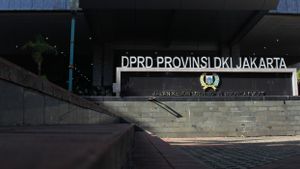JAKARTA - Air quality in DKI Jakarta on Sunday morning falls into the medium category with the Air Quality Index (AQI) at 90 and improves when compared to the previous day which was not healthy.
According to the air quality monitoring site IQAir in Jakarta, quoted by Antara, Sunday, June 30, at 07.15 WIB, the air quality in Jakarta ranks 14 categories of cities with the worst air quality in the world, with fine particles PM2.5 at 32 micrograms per cubic meter.
PM 2.5's concentration is equivalent to 6 times the annual air quality guide value of the World Health Organization (WHO).
Meanwhile, on the previous day, the air quality in DKI Jakarta was at the second worst in the world with AQI at 169.
At the same time, the city with the worst air quality in the world is occupied by Kinshasa (Kongo) at 186.
The moderate category is the quality of the air that does not affect human or animal health but affects sensitive plants and aesthetic values with a PM2.5 range in the 51-100 range.
The site also recommends air conditions in Jakarta, namely that sensitive groups should not move outside the room. In addition, sensitive groups should also wear masks.
Meanwhile, data from the Environmental Information System and Hygiene of the DKI Jakarta Provincial Environment Agency, from five monitoring points, all are in the moderate category for PM2.5 air pollution.
From the existing data, monitoring points located in Kelapa Gading are at 77, Kebon Jeruk at 71, Lubang Buaya 66, Jagakarsa 59 and Roundabout HI 66.
Moderate categories mean air quality levels that do not affect human or animal health but affect sensitive plants.
Meanwhile, the unhealthy category is the level of air quality which is detrimental to humans or groups of animals that are sensitive or can cause damage to plants or aesthetic values.
SEE ALSO:
Previously, the Head of the DKI Jakarta Environmental Agency (DLH) Asep Kuswanto said, DLH has increased the number of Air Quality Monitoring Stations (SPKU) in the area to identify air pollution sources in Jakarta so that handling will be maximized.
Data from the monitoring, said Asep, will be used to identify main sources of pollution and take more effective action.
DLH DKI has recorded that so far there have been 31 SPKU units in DKI Jakarta which have been distributed at several points including the HI Roundabout, Kelapa Gading, Cilangkap, Penjaringan, Kota Tua and so on.
The English, Chinese, Japanese, Arabic, and French versions are automatically generated by the AI. So there may still be inaccuracies in translating, please always see Indonesian as our main language. (system supported by DigitalSiber.id)




